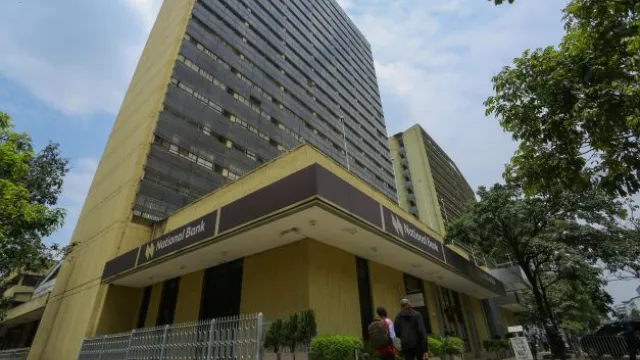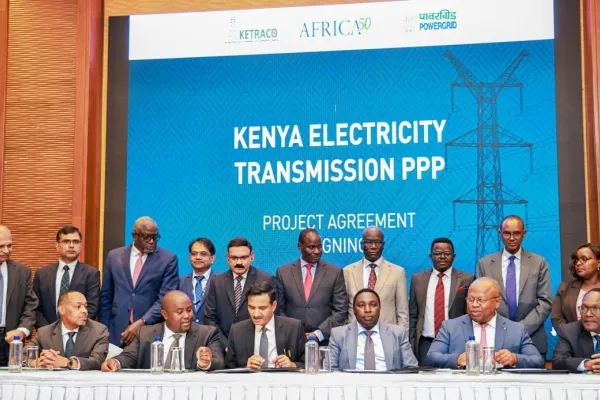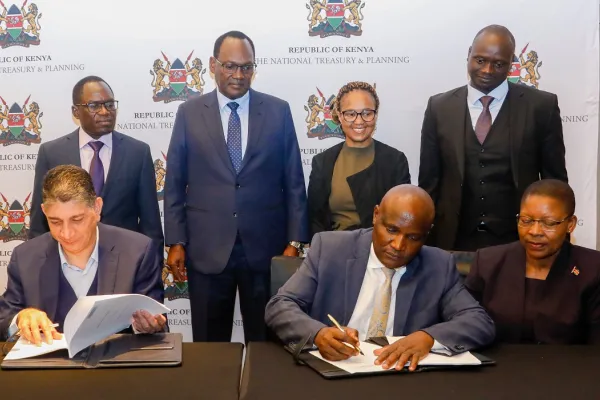A technological leap from 2G will change how elections results are transmitted

A technological leap from 2G will change how elections results are transmitted
Five years ago, when Kenya went to the elections, the Independent Electoral and Boundaries Commission (IEBC) had to rely on 2 generation -2G technology to transmit results.
At the time, 3G was still not quite there, 4G was at an early stage while the connectivity and availability of mobile networks was not as robust as it is today.
When the IEBC floated a tender in April to the mobile network operators (MNOs) to provide connectivity services for the election, the 2G network did not feature anywhere.
IEBC want the telcos to provide 3G/4G via sim cards with data bundles (including roaming sim cards for diaspora polling centers), 3G/4G Internet modems with data bundles, and 2 fiber links to connect to the IEBC Primary and Secondary data centers.
The MNOs are also to provide internet connectivity at the National Tallying Center and provide a satellite Network.
The 3G/4G is a data network will be crucial in transmitting results which is an image, or a document much easier.
Mobile technology is defined by each generation network from 1G, 2G, 3G, 4G and the current 5G which detail the technological implementation of a particular mobile phone system.
The speed increases and the technology used to achieve that speed also changes. For instance, 1G offers 2.4 kbps, 2G offers 64 Kbps and is based on GSM, 3G offers 144 kbps-2 Mbps whereas 4G offers 100 Mbps - 1 Gbps and is based on LTE technology.
Five years ago, Kenya was mainly reliant on 2G which enabled cellular phones to use data along with voice that introduced many of the fundamental services that we still use today, such as SMS, internal roaming, conference calls, call hold and billing.
But 3G took the mobile phone to a whole new level, introducing web browsing, email, video downloading, picture sharing and other Smartphone technology were introduced in the third generation
The 4G network pushed the envelope further providing high speed, high quality and high capacity to users while improving security and lowering the cost of voice and data services, multimedia and internet over IP.
This means the network is in a good place to provide IEBC with a fast, reliable and efficient pipeline to transmit information from the polling stations to the headquarters in Nairobi.
Data experts say the technological advancement will be secure and that MNOs will only provide infrastructure.
The numbers (SIM cards in KIEMS kits) have been set aside for purposes of Elections only. The numbers will be switched off and used only for future elections in Kenya.
The KIEMS Kits will have 2 SIM Cards from two different operators. The MNOs cannot see what information or data that is transmitted in the secure pipe.
The telcos are committed to playing a neutral role and are confident there is not going to be a problem in terms of transmitting results because they have a much more capable network today than they had 5 years ago.
Participating in an election can be especially sensitive as politicians will often claim interference regardless of the outcomes and assurance of security.
However mobile operators do not have a choice and are required by law to facilitate IEBC transmission.
The Constitution of Kenya requires a general election to be held on the second Tuesday in August every fifth year.
The Elections Act, 2011 requires IEBC to transmit the results electronically (via a Results Transmission System RTS) from the 27,410 polling centres to the constituency tallying centres and to the National tallying centre.
IEBC has to contract MNOs for Results Transmission System (RTS) with the law explicitly stating "The telecommunication network service providers shall be under obligation to provide and deliver services as may be requested by the Commission".
The law also compels the telecommunication network service providers to ensure the Security, Traceability and Availability of the network during the election period or during any other period as required by the Commission.



